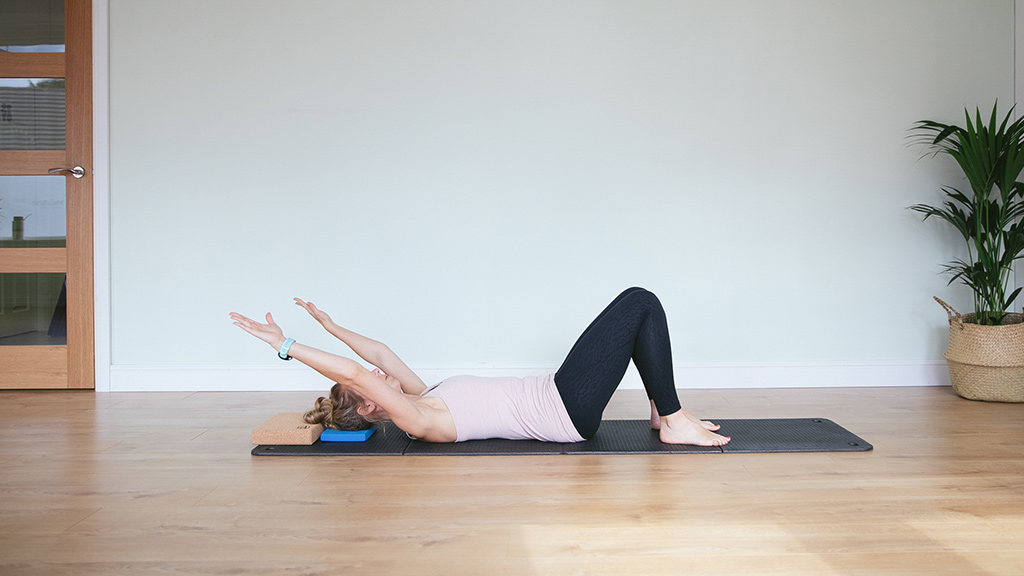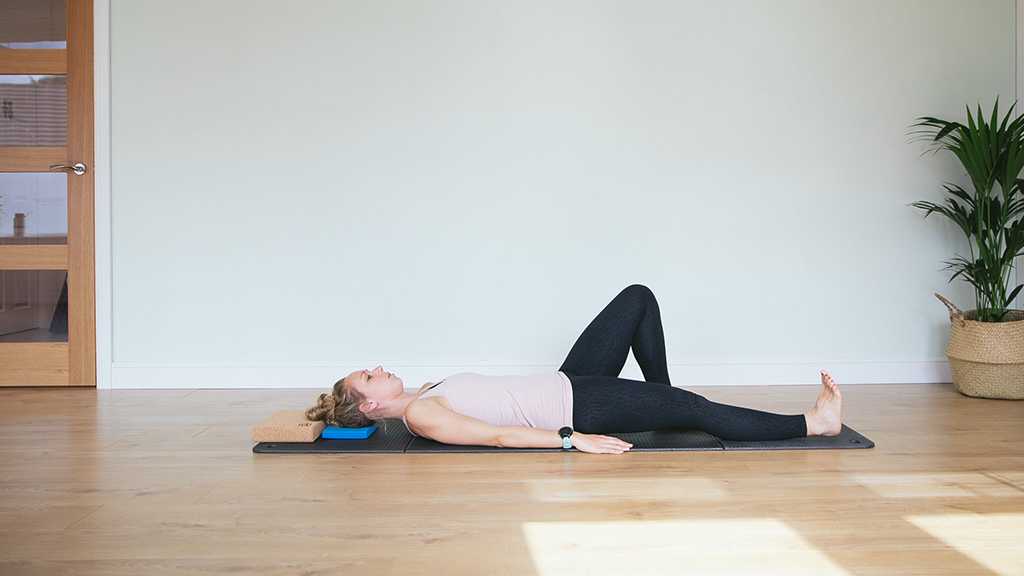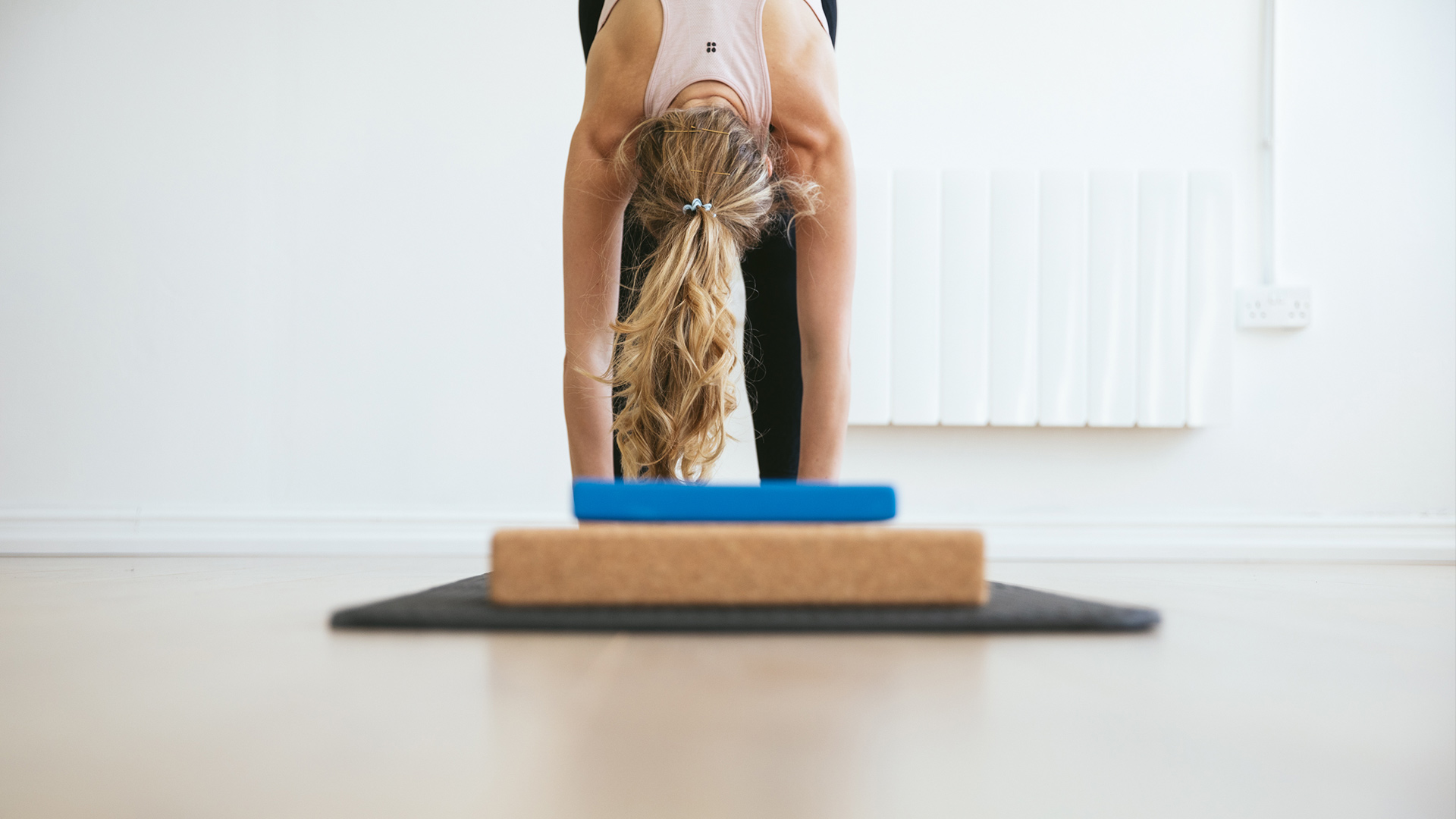What is Pilates?
Pilates is a form of low impact exercise with a mind-body centring technique that emphasises the importance of central core stability through all of our body movements. By using the key principles of control, breath, precision, concentration, and continued flow of movement, anyBODY, no matter what level of fitness, can do Pilates and move more freely without pain.
So what does Pilates do?
Pilates exercise focuses on strength re-training of the muscles at a local level (our core), restoring balance and integrating global muscle systems (whole body movement) with precision and concentration to improve body conditioning, strength, balance and proprioception, whilst lengthening and mobilising every part of the body.
When we refer to the core muscles, these are a group of muscles that effectively take the load off your spine when performing movement, whether that be exercise or a house hold activity like reaching in to a cupboard. I like to think of them as the muscle that ‘hug’ my spine tightly, lengthening and supporting my body as I move. These muscles sit close to the spine and when engaged they increase stability. This increased stability provides segmental control at each vertebral level meaning movement will be more controlled and feel much easier.
Pilates has become popular amongst health professionals with key evidence supporting its use in injury rehabilitation for a range of postural, musculoskeletal and neurological conditions, as well as its use as a preventative form of dynamic stabilisation that is more widely practiced in elite sport.
THE TECHNIQUE
How to engage your core and locate neutral spine
Breathing
Breathing plays a very important part in Pilates. Most people only breathe with a fraction of their lung capacity leading to abnormal breath function, which in turn can influence the movement control of the muscles around your trunk and lead to abnormal movement patterns throughout your body.
Pilates should help to improve your breathing pattern, the depth of your breath, increasing the amount of oxygen required by your working muscles during exercise, as well as having a positive effect on your mental health and wellbeing.
When you are training your body to breathe correctly it helps to gain feedback from your body and familiarise yourself with your natural breathing pattern. For more in-depth understanding and practice of the Pilates breath, read our post on the pilates breath here.
Centering
Pilates aims to develop a strong centre around your lumbo-pelvic region (lower back, abdominals and pelvic floor muscles). These muscles form an internal corset of stability around your spine. The muscles specifically trained during Pilates are the multifidus, transversus abdominals (TrA), and the pelvic floor. Centring isn’t always as easy as it sounds. There are 3 things that make up a strong centre;
Neutral spine (most isolated activation of TrA is in neutral)
Form a diamond shape with your thumbs and index fingers sitting your thumbs on tummy button and fingers on your pubic bone. Imagine you have a small marble resting in the middle of the diamond. Using your pelvis alone roll the marble away from you (towards your pubic bone) to increase your lower back curve (exaggerate the arch). Then roll the marble towards you (towards your tummy button) to flatten your back. Repeat this movement for 1 minute and then position your marble in the centre of the diamond. This is your neutral spine position.
Setting your centre with your abdominal muscles
In your newly formed neutral position think about your deep internal muscle corset. Find your pelvic bones and move your fingers in and down an inch. Press deeply. Now think about those muscle once again and try to draw your pelvic bones towards one another using these muscles (they will not move together). Now imagine you have a contraction level of 0-100%. Try and switch on those muscles to 30% maximum. You should feel the muscles under your fingers gentle contract and should still be able to breathe. It’s important not to tighten your core much more than 30% because any greater than this and you are likely to recruit the superficial muscles that are not required to support your core and they fatigue quickly.
Setting your centre with your pelvic floor muscles
Your pelvic floor is a deep sling forming a diamond shape at the bottom of your pelvis. It attaches into your pubic bone, the tail bone and each sit bone in your buttocks. To feel these muscles working, have your fingers in the same position as you did to find your abdominal centre. Imagine you have a ‘zip’ that starts at your tailbone and zips forward towards your pubic bone. Try to ‘zip’ your pelvic floor back to front. You may feel a slight tightening under your fingers. Alternatively, imagine you are trying to stop the flow of urine and note the tone of the pelvic floor muscles change. You should be able to co-activate both the pelvic floor and abdominals together.
Rib cage placement
Your rib cage should be aligned directly above your pelvis, but in most people this is difficult and people tend to ‘flare’ their ribs. This can put a lot of pressure on the muscles at the back of the ribcage and lead to tightness and imbalances. Focusing on drawing your ribcage down towards your pelvis, or as I refer to it as your ‘rib to pelvic connection’ allows for optimal spinal alignment thus core muscle activation.
Pilates exercises for beginners

Arm floats
Lie on your back with your feet hip distance apart. Engage your core and ensure your ribcage is soft. Let your arms float back overhead without the ribs flaring. Repeat x 10

Leg stretch
Assume the same position and engage your core. Slide one leg at a time along the floor until fully stretched ensuring neutral spine is maintained. Slide the heel back to the start position and alternate legs.. Repeat x 10

Scissors
Lying on the back with bent knees. Lift one leg off the floor to 90 degrees (single table top position) and then gently place the foot back down. Repeat x 10 alternating legs and ensure the pelvis is stable.

Shoulder Bridge
Lying on the back with knees bent. Pushing your heel into the floor, start to peel your tail bone away from the mat and squeeze you bottom until you rest on to your shoulder blades. Lower down through the spine as slowly as possible placing the spine segmentally until you rest in to neutral. Repeat x 10
REFERENCE
Sapsford R R, et al. 2001. Neurology & Urodynamics. 20 (1), 31-42
APPI Course Manuals L1, 2 and 3
